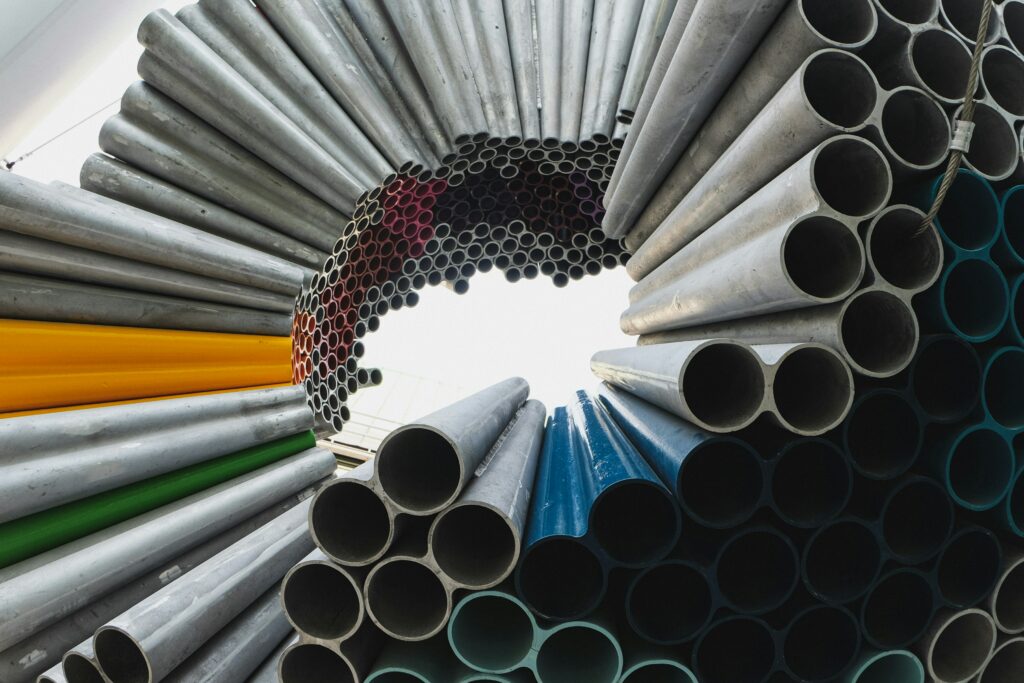Regulations for products and materials in drinking water installations

It is common knowledge that water suppliers are obliged to comply with strict quality standards. However, materials that come into contact with drinking water are also subject to requirements in order to minimise or exclude contamination and impurities. However, these requirements and the prerequisites for the authorisation of products and materials have so far differed from one EU country to another. Manufacturers therefore had to have their products tested and, if necessary, certified several times – with the associated costs. No matter how you feel about the many regulations in the European Union, a standardised system was more than desirable!
In 2021, the new EU Drinking Water Directive, the revision of which goes back to the first successful European citizens’ initiative “Right2Water”, included hygiene requirements for all materials and products in contact with drinking water for the first time. The requirements had to be transposed into national law by 2023 – in Germany, the Ordinance on the quality of water Intended for human consumption was amended accordingly.
Until 2026, the assessment principles of the Federal Environment Agency (UBA-BWGL) in accordance with Section 15 Drinking Water Directive will continue to apply in Germany. Materials that come into contact with drinking water must not adversely affect the taste or odour of the drinking water or release substances into the water in unavoidable concentrations. Furthermore, the substances used must not promote the growth of microorganisms. For the new installation or maintenance of water supply systems and drinking water installations, products and components must be used that meet the hygiene criteria of the assessment principles.
In January 2024, the EU published delegated acts on this subject. From 2026, these Europe-wide standardised regulations will apply to products and materials in contact with drinking water. They contain the requirements for materials and products, as well as information on the test methods and their evaluation, including positive lists. In addition, a conformity confirmation obligation (certification obligation) based on the 1+ system will apply and the respective products will be labelled accordingly.
Materials and products that comply with the new EU directives will then receive an EU declaration of conformity and EU-specific labelling. They can then be sold throughout the EU.
Experts from European countries are currently working in working groups to agree on the practical implementation of the requirements.
